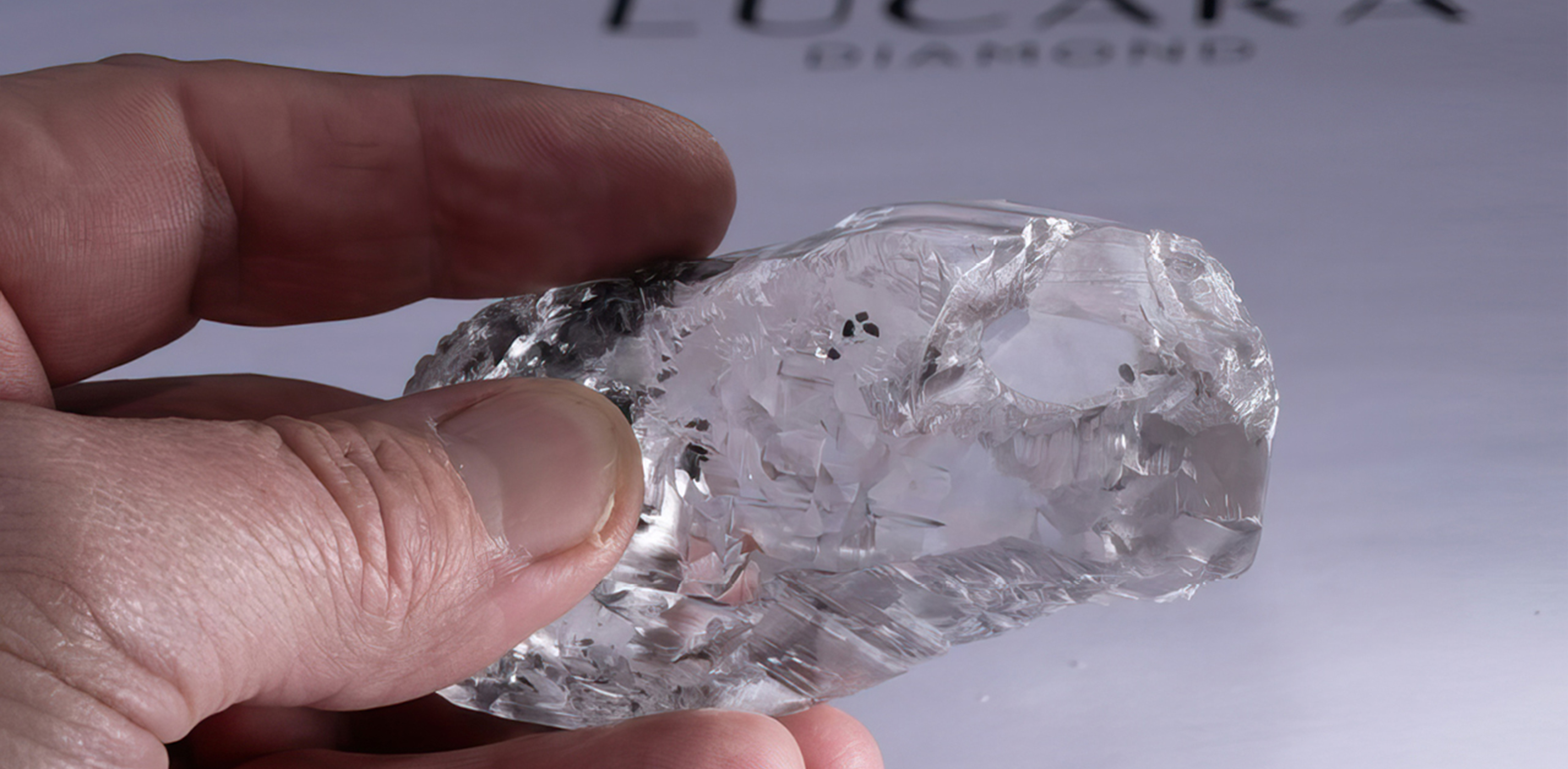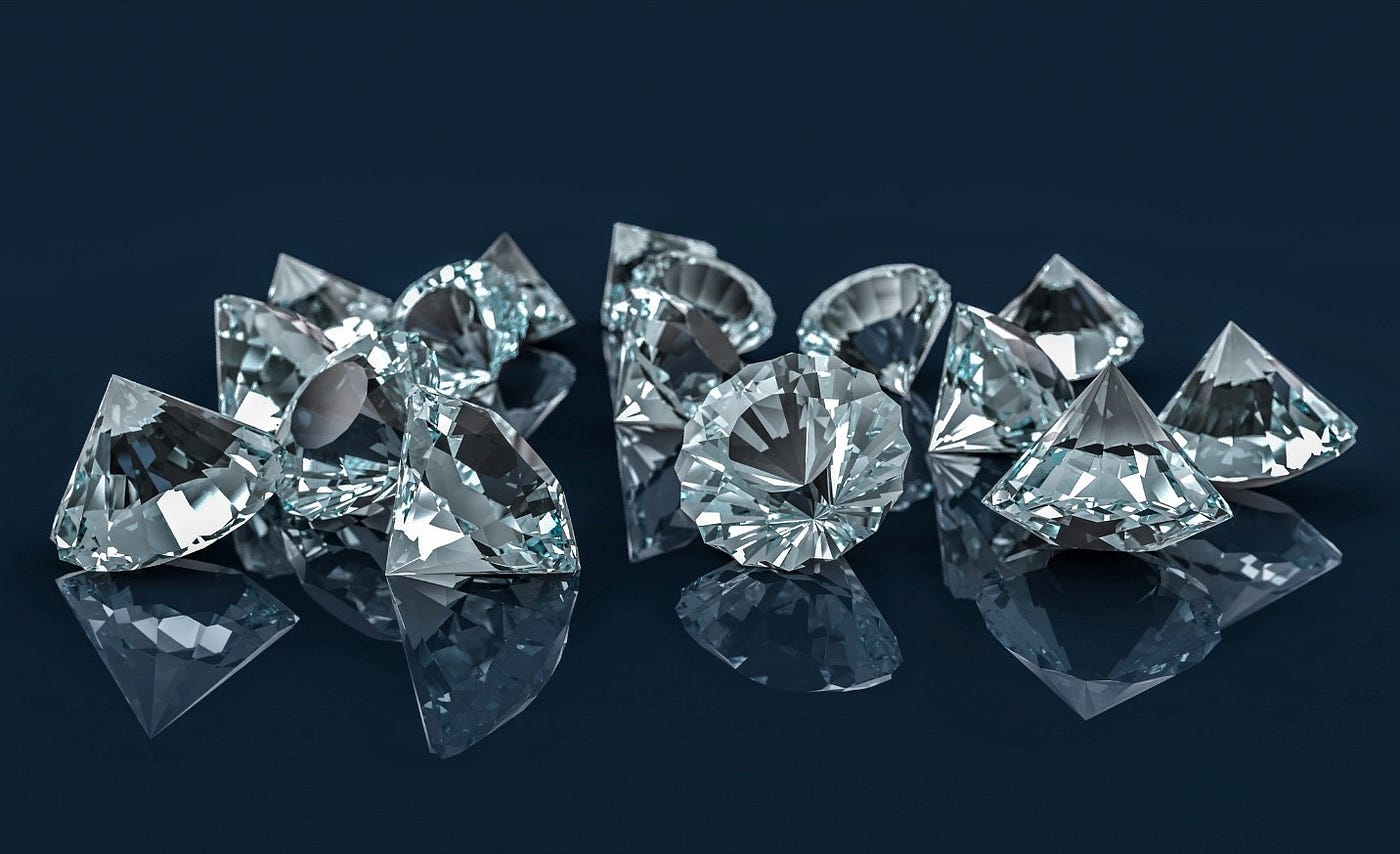Diamonds have long been considered a symbol of luxury, elegance, and rarity. For centuries, people have believed that diamonds, particularly mined diamonds, are rare and precious, making them highly sought after for engagement rings and other fine jewelry. However, recent advancements in technology have shed light on the fact that mined diamonds are not as rare as we have been led to believe. In fact, lab-made diamonds are challenging the traditional perception of diamond rarity. In this article, we will explore why mined diamonds are not rare and how lab-made diamonds are changing the landscape of the diamond industry.
The Myth of Rarity in Mined Diamonds
One of the key reasons that diamonds have been associated with rarity is the perception that they are difficult to find. For years, the diamond industry has emphasized the scarcity of mined diamonds, which has fueled their high price tag. However, this belief is misleading. While it is true that diamonds take millions of years to form deep within the Earth’s crust, the reality is that they are not as rare as some would like us to think.
The truth is that there are vast reserves of mined diamonds located in various parts of the world, including Russia, Africa, and Canada. The extraction of diamonds from these sources is often labor-intensive and costly, but the abundance of diamonds in the Earth means that they are not inherently scarce. The diamond industry has, for years, controlled the supply of diamonds through monopolistic practices, contributing to the false narrative that mined diamonds are rare.
The Rise of Lab-Made Diamonds
In recent years, lab-made diamonds have gained significant attention and popularity. These diamonds, also known as synthetic or man-made diamonds, are created in controlled laboratory environments that mimic the natural conditions under which mined diamonds form. The technology used to produce lab-made diamonds has advanced rapidly, making them virtually indistinguishable from their mined counterparts.
The growing availability of lab-made diamonds has highlighted the fact that mined diamonds are not as rare as we once believed. Unlike mined diamonds, which require significant time and resources to extract from the Earth, lab-made diamonds can be produced in a matter of weeks. This has made lab-made diamonds more accessible and affordable for consumers, challenging the traditional notions of rarity and value associated with mined diamonds.
How Lab-Made Diamonds Are Changing the Industry
The rise of lab-made diamonds is reshaping the diamond industry in several ways. For one, lab-made diamonds are offering consumers an ethical and sustainable alternative to mined diamonds. Traditional diamond mining often involves environmental degradation, exploitation of workers, and human rights violations. In contrast, lab-made diamonds are produced with minimal environmental impact and without the ethical concerns associated with mining.
Moreover, lab-made diamonds are significantly more affordable than mined lab made diamonds. Because they are created in a laboratory setting, the cost of production is much lower compared to the expensive and labor-intensive process of extracting diamonds from the Earth. As a result, consumers are able to purchase larger, higher-quality diamonds at a fraction of the price of mined diamonds.
The price difference is a crucial factor for many consumers, as it allows them to enjoy the beauty and luxury of diamonds without the premium price tag associated with mined diamonds. This has made lab-made diamonds an attractive option for engagement rings, wedding bands, and other jewelry items.
The Environmental Impact of Mined Diamonds
Mined diamonds have a significant environmental footprint. The process of extracting diamonds from the Earth involves the removal of vast amounts of earth and rock, which leads to habitat destruction, soil erosion, and water pollution. In some cases, mining operations also contribute to deforestation and the loss of biodiversity.
Furthermore, the mining industry has been criticized for its lack of transparency and its role in funding conflict zones. The term “blood diamonds” has come to symbolize the human suffering and violence associated with diamond mining in certain regions of the world. These issues have raised concerns among consumers who are increasingly looking for more ethical and sustainable options.
Lab-made diamonds, on the other hand, are produced in a controlled environment, with far less impact on the environment. The carbon footprint of lab-made diamonds is considerably lower than that of mined diamonds, making them a more eco-friendly option. As awareness of environmental and ethical issues grows, more consumers are turning to lab-made diamonds as a responsible alternative to mined diamonds.
The Quality and Beauty of Lab-Made Diamonds
Lab-made diamonds are virtually identical to mined diamonds in terms of their physical and chemical properties. Both types of diamonds are made of pure carbon and share the same crystal structure, hardness, and brilliance. The only difference between the two is their origin. Lab-made diamonds are created in a laboratory, while mined diamonds are extracted from the Earth.
Because lab-made diamonds are produced under controlled conditions, they can often be of higher quality than their mined counterparts. In some cases, lab-made diamonds are free of the inclusions or imperfections that may be found in mined diamonds. This makes lab-made diamonds an appealing choice for consumers who want a flawless, high-quality diamond at a more affordable price.
Why Mined Diamonds Are Not Rare
In conclusion, the idea that mined diamonds are rare is a misconception. While diamonds may take millions of years to form, they are not as scarce as the diamond industry would have us believe. The abundance of diamond deposits around the world and the rise of lab-made diamonds have revealed the true nature of diamond rarity. Lab-made diamonds are challenging the traditional perception of rarity, offering consumers an ethical, sustainable, and affordable alternative to mined diamonds. As the demand for lab-made diamonds continues to grow, the diamond industry is likely to undergo significant changes, with consumers demanding greater transparency, lower prices, and a more responsible approach to diamond production.





